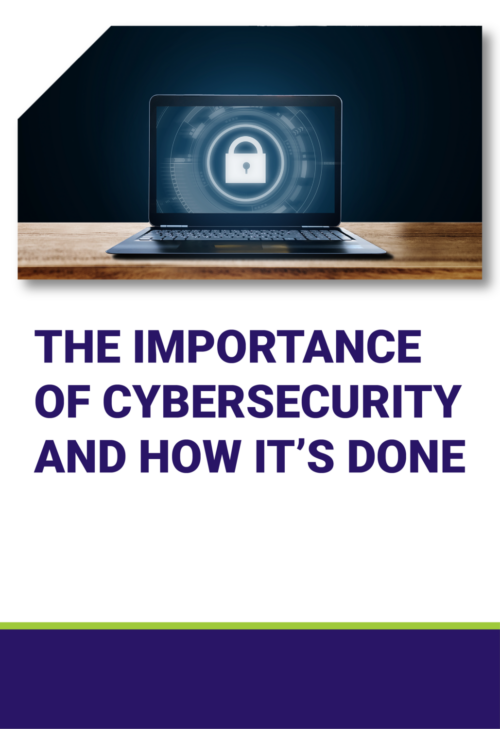Cybersecurity is an ongoing challenge, as cybercriminals are constantly developing new ways to attack our systems. However, by taking steps to protect ourselves, we can help keep our data, our finances, and our critical infrastructure safe. This has been a priority for every company, but DiRAD takes it especially seriously with a client list full of important organizations.
Strong Passwords
The first and most basic rule of cybersecurity is having a strong password on all your most important accounts. Even if your program doesn’t require it, you should make sure that you use upper AND lowercase letters, at least one special character and number, and vary your password from each account. This can be cumbersome to remember, so something like a password manager is recommended. We like 1Password for our internal staff, but they can also have their own “vaults” for personal credentials. If you must, write them down in a secure place as a backup.
Multi-Factor Authentication
Multi-factor authentication (MFA) is an extra layer of security that goes beyond just your password. It’s like adding a second lock to your front door and hiding one of the keys in your backyard. Even if something gets your password (your house key), they’ll still need the second factor (the hidden key) to get in.
The way this works, is you enter your username and password as usual, then you’ll be prompted with a second factor. This could be a code sent to your phone or email, a physical security key that is plugged into your computer, or maybe even a fingerprint or facial scan to verify your identity. Here at DiRAD, we believe some type of multi-factor authentication is essential to creating a secure network. We like DUO for MFA.
Phishing Scam Training
New scams are popping up every day to gain access to organizations everywhere. Sometimes they’re looking to steal or extort money, other times they have more nefarious purposes of shutting down or interfering with the operation of your business. This kind of interference is unacceptable when you’re dealing with life-saving organizations like emergency services, utilities, or government programs. What you can do as an organization is set up regular training sessions or a regular newsletter with updated examples of phishing scams that your employees should look out for. This is an ever-evolving threat that you should always be following.
Staying Up To Date
Last, but not least, always make sure your programs are up to date. Check in with your employees and make sure they’ve updated their systems regularly. This is important as bugs or security code updates need to be fixed every so often. If you’re not updating to the latest program, it could leave your system vulnerable to attacks.
By following these tips, you can help to make cyberspace a safer place for everyone.

